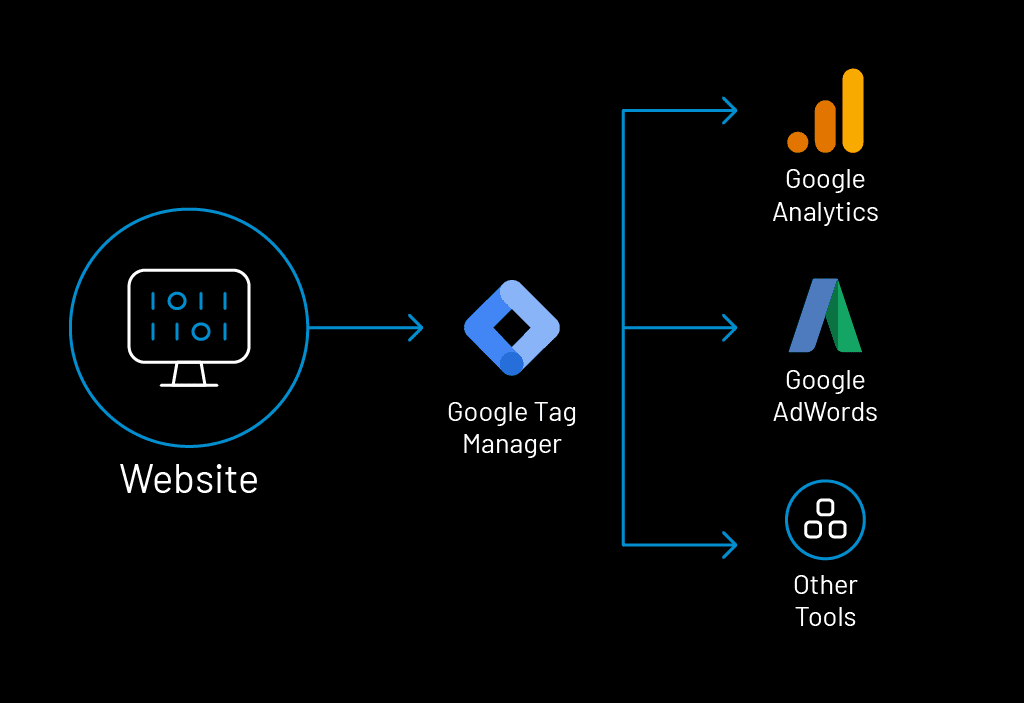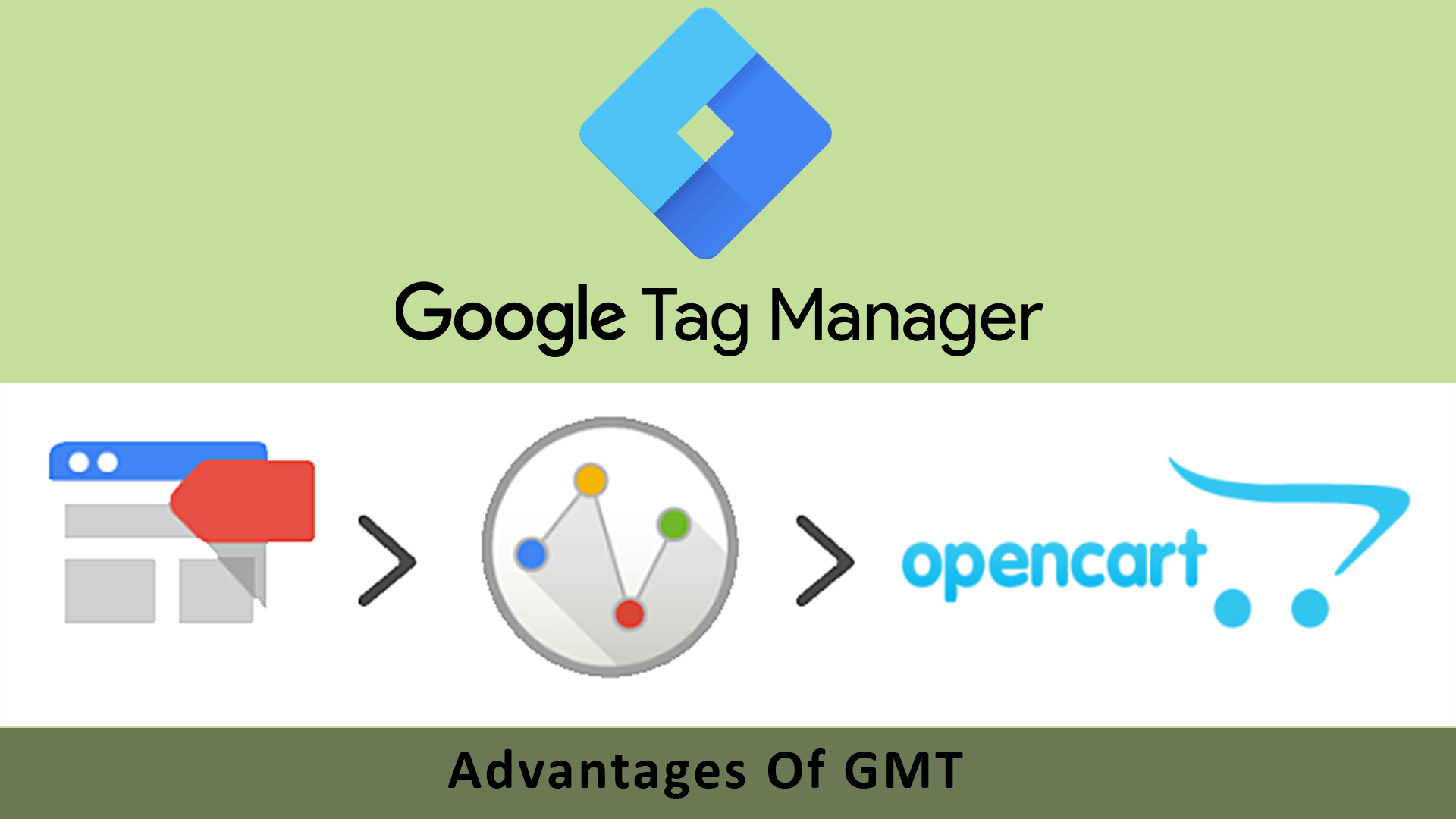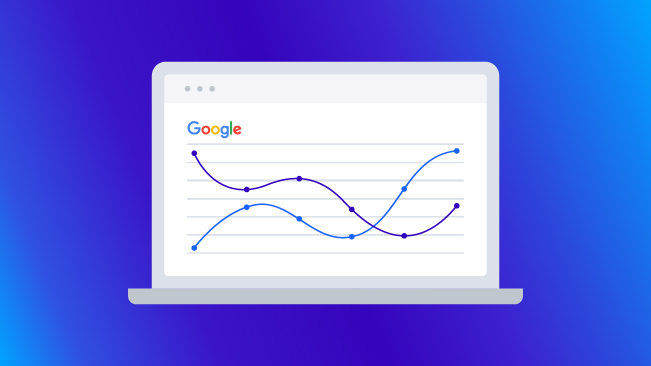Little Known Questions About Google Tag Manager Configuration.

Design templates are the last component of your container. Our team has actually produced a custom-made tag theme for our Facebook Pixel. Any design templates that have actually been produced will live within the Templates section of your Google Tag Supervisor container. You can likewise create brand-new templates from that display or search from a gallery of neighborhood templates.
All the work that you did to develop the tags is coming to fulfillment. On the next screen, you'll see the alternative to produce a new version for these changes.
The very first four are failsafe features that will help you protect against as well as recover from any kind of errors you may make within Google Tag Manager. These 4 failsafe attributes can assist you stop as well as recover from any type of mistakes you might make within Google Tag Supervisor. Work areas, Sneak Peeks, Variations, Third-Party Tags If you have several individuals operating in GTM, Workspaces makes it simple to service something without even touching what other individuals are servicing. google tag manager configuration.

As a PPC-er, I think we've all made that blunder of publishing an advertisement just to recognize that there's a misspelling in the ad duplicate. With GTM's preview feature, you can see in real-time on the page where your tag should be firing if it actually has discharged.
Things about Google Tag Manager Configuration
You can see that there are specific tags that are terminated and ones that aren't. From there, you can identify what's functioning as well as what's not before you publish your brand-new tags. A version is developed each time you publish an adjustment to the container. This will certainly help a user develop a history of the adjustments in GTM, when those changes were made, as well as by whom.
You can just republish one of the previous variations of GTM.When you check out the Versions section of GTM, you'll be able to see when the last version was developed and published, by who and also the Variation items such as tags, causes, as well as variables. You'll additionally see the variation adjustments that were made there.
Choose Some Page Sights, to ensure that it doesn't activate on all pages. That's a sure way to inflate your conversions without suggesting to. If you do not desire your tag to fire on all pages, you'll define the web pages below. Below that, you'll select the problems when the event happens. The very first dropdown has a variety of variables to choose from.
The third field is where we specify the URL.In this situation, the URL will consist of/ thank-you. Event tracking is a location where GTM can really beam. Before GTM, if you wished to track events such as switch clicks and also video clip plays, you would have a programmer add the monitoring code for each and every.
The Ultimate Guide To Google Tag Manager Configuration
Occasion monitoring is very incredible. If yes, event monitoring is going to be your brand-new BFF.Set your Integrated Variables.
This makes it easy when you begin creating more tags and also triggers down the line. Do you ever before ask yourself if all that content you created is actually obtaining eyeballs on it particularly below the layer?
To obtain started on this, create a trigger and also name it something like DOM Ready, which simply means that the scroll depth tag will fire when the DOM is ready - google tag manager configuration. DOM stands for Paper Object Model.
Once this trigger is created, go on to click to read developing your tag. Choose Personalized HTML in the Customized area of the tag kinds. Add the code you see in the scrolldepth. js documents to the HTML note pad in GTM.Next, we'll set up the Variables that we need to see to it this is fired correctly.
Some Of Google Tag Manager Configuration
For each and every of the variables, you'll develop a Data Layer Variable in the Page Variable Types. Below's the starting page for creating the following 4 variables. The four variables will look like the screenshots below: event, Group variableevent, Activity variableevent, Tag variableevent, Worth variable Once your variables are produced, you'll intend to send out that tracking info to the information layer.
Name your tag and pick Event as the Track Type. Add in the variables that you simply developed to the kinds below. The 4 variables that you produced are included into the monitoring criteria. If you have actually the area titled "Non-Interaction Struck" readied to "Real," these occasions will certainly not affect the website's bounce price.
The trigger kind that you'll select is the Customized Occasion. Name your trigger, add the event name, and save everything.
These can come in handy before the conversion or perhaps after the conversion. For instance, we have a customer who, after their visitors downloaded the white paper, were provided the alternative to download and install various other PDFs. We desired to track this to see what site visitors' passions are, so we can use something various at afterward.
Facts About Google Tag Manager Configuration Uncovered

To get begun, you'll want to produce a couple of user-defined variables. Go to the Variables area in Google Tag important site Manager, as well as click to produce a new User-Defined Variable.
They go to the Prices Page, reviewed some information, and after that shut the tab. In Google Analytics, the moment on the Rates Page isn't counted. GA tracks the moment on website in between 2 hits, not the quantity of time invested in two pages. That's where Trigger Timers pertain to the rescue.
Set a period in the field, and bear in mind that 30 seconds equates to 30,000 nanoseconds. Limitation the trigger to fire only when. Have it activate on all pages and for all timers. Since that Timer Trigger is developed, you'll wish to produce a tag to push this occasion to GA.
The 9-Second Trick For Google Tag Manager Configuration
Lastly, you'll select the trigger that we simply produced, conserve, test and publish. Pick the trigger that's mosting likely to fire your timer tag. Not all tags are created equivalent, as well as you may want specific tags to fire prior to others. If you have a details order for which you want your tags to fire, Tag Sequencing will allow you to specify if you want the tag to fire prior to or after one more tag.
To omit inner web traffic, create a variable as well as name it IP Address. Select Data Layer Variable as the Variable type. To begin excluding IP addresses, you'll use Data Layer Variable. Call the Data Layer Variable and also conserve. Name your variable. Next off, you'll develop the trigger to discharge this. You'll select Customized Event as the Trigger type, add a name for the event, and pick for the trigger to fire see this here on some personalized occasions.
Comments on “How Google Tag Manager Configuration can Save You Time, Stress, and Money.”